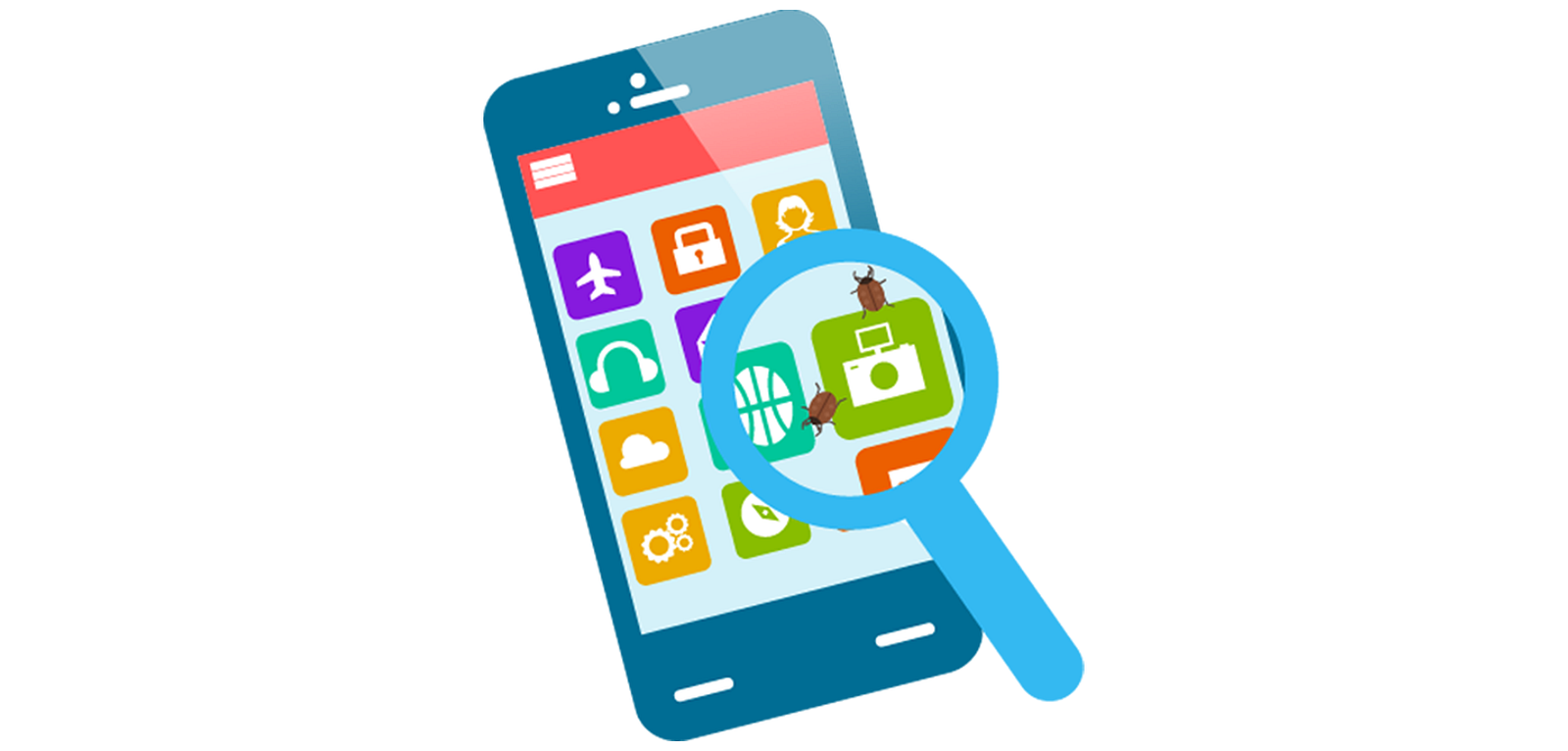Some Of The Most Complex Mobile Application Testing Challenges

The fasting
developing field of software testing is the mobile app domain. Applications
built for mobile platforms such as iPhone and also Android platform is being
tested using the same methods that were used earlier for desktop and web-based
applications.
There are
organizations which pay five of thousands of dollars for mobile app testing
projects. This is not only due to the case that the mobile domain is ever
growing and so organizations are feeling the requirement to contribute.
Here are some major challenges
Testing tools – There are various
testing tools available in the market. The best ones require to
be utilized for the process in order to attain maximum efficiency and
accuracy out of the mobile application.
Connections – The various standards for
data connections available, like 3G and 4G and also WIFI, pose a challenge for
mobile application testers sometimes.
The type of connection in which
the testing is carried out may not be related to the one that the application
is being utilized in (depends on the user, of course). Therefore, what may work
or seem perfect in a particular connection, might not be so in another
scenario.
Test interfaces – There are obviously a
number of test interfaces, like mobile emulators and simulators, which show to
be quite necessary when performing regression testing (more on this a little
later). The primary function of these devices is to allow testing of mobile
applications in environments and scenarios which are not real.
Test Coverage: Test coverage is usually
measured by mapping the conditions to the test cases, the status of the test
case, and code coverage analysis.
But, test coverage only covers the
code which is written so far and it does not factor in the upcoming releases or
intended builds. That said; one of the challenges that most teams face is of
inadequate test coverage.
Screen sizes: With the advancement in
technology, a plethora of new devices are launched in the market – all are in
different screen sizes. It is very challenging to analyze various screen sizes
and test the product across various sizes. For example, iPhone 6 is 4.7 inches
in size whereas the iPhone 6 Plus includes a 5.5-inch.
Most mobile app
development organizations are known to offer seamless integration of mobile application testing services and
corporate apps.

While testing,
flaws that are detected can look to be small and not so important, but on
further digging, bigger inconsistencies may be exposed. For detecting
vulnerabilities and faults in mobile apps, answering the following questions
can help.
·
What are another company
integrations with the app?
·
How does the app redirection
occur? What are the data transmitted in this redirection?
·
Is the data safe?
·
How will app going to perform
when used for a long time under a fixed load. How is it supposed to perform under
such circumstances? If its performance is not that good, then what are the
reasons?
·
Does the app function beyond
specifications?
·
Does the app function as
specified in the required documents.
Owing to the the steep rise in the use of smartphones, tablets, and other mobile application testing the mobile applications have established
vital in escalating receivers.
The problem:
During the development process, testers can
simply fall into the trap of concentrating too much on new code or new tests,
at the time of testing for regressions.
This is a simple process for issues to
develop and go unnoticed – particularly performance problems. Regression tests
are important to show you bottlenecks so you can uncover the flaws in your
code.
Comments
Post a Comment